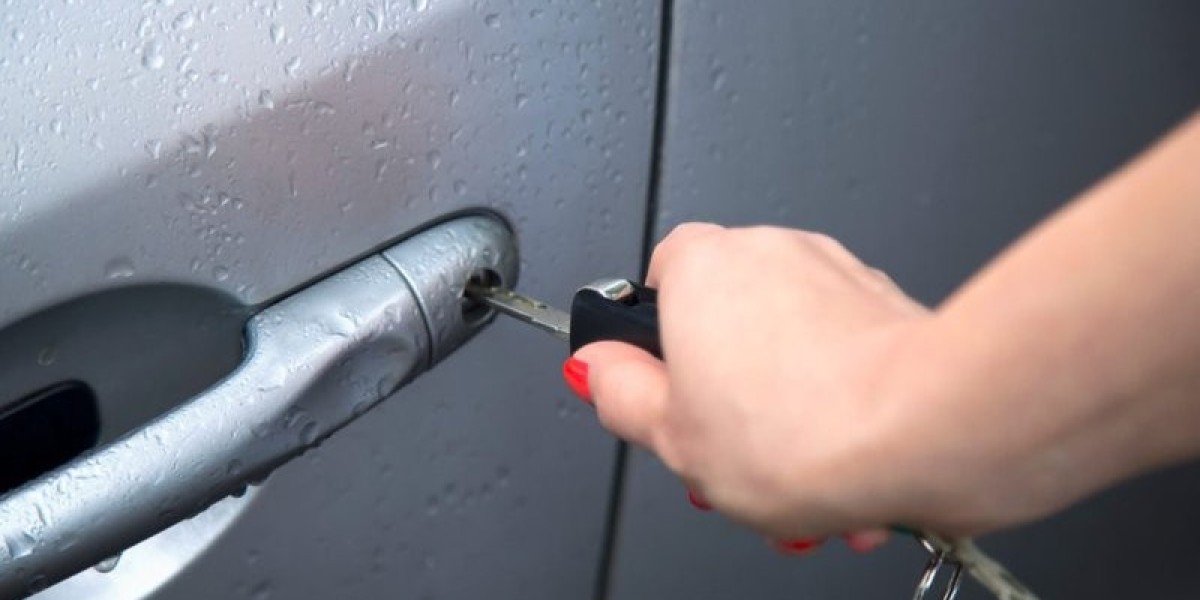
In the modern digital and physical world, managing a comprehensive collection of links and addresses has become crucial for both personal and professional purposes. Whether it’s organizing your favorite websites or keeping track of physical addresses for correspondence, collections of this nature can save time, improve organization, and enhance communication. This article explores the importance of link and address collection, provides tips for effective management, and highlights tools to help streamline the process.
What is Link and Address Collection?
Link collection refers to the compilation and organization of URLs (Uniform Resource Locators) for websites, documents, videos, and other online resources. On the other hand, address collection involves curating a database of physical or email addresses for personal or business interactions.
Both practices play a pivotal role in:
- Efficient Information Access: Avoid wasting time searching for frequently used resources or connecting with contacts.
- Enhanced Productivity: Organized data improves workflows by keeping required links or addresses at your fingertips.
- Improved Collaboration: Teams can work better using centralized link and contact directories for shared projects.
Why Link and Address Management Matters
As the digital age progresses, many professionals and individuals are bombarded with information. Having a streamlined system for storing and retrieving links and addresses helps avoid disorganization. Here are some benefits of adopting a robust collection system:
- Time-Saving: No more searching through bookmarks or inboxes—retrieve what you need instantly.
- Reduced Error Margins: Copying or remembering URLs and addresses from memory often leads to mistakes. A structured collection minimizes these risks.
- Future Reference: An organized collection is handy for future planning and reference, especially for events, business growth, or project tracking.
Let’s dive into effective strategies and tools to implement better link and address collection techniques.
Best Practices for Collecting Links and Addresses
1. Use Digital Tools for Management
With technological advancements, tools have simplified the process of collecting and categorizing links and addresses:
- Bookmarking Apps: Tools like Pocket, Raindrop.io, and Evernote are ideal for saving and organizing links.
- Contact Management Software: Applications like Google Contacts, Microsoft Outlook, and Salesforce allow you to store and manage physical and email addresses.
2. Organize into Categories
Keeping collections segmented can make retrieval more straightforward. For example:
- Links for research, entertainment, social media, or business.
- Addresses categorized as personal, business, and vendor directories.
3. Regularly Update Your Collections
Links and addresses can become outdated over time. For instance, websites may modify URLs, or individuals may relocate. Periodic review is essential to keep your data accurate.
4. Maintain Backup Copies
Create backups for both digital links and address books to avoid losing essential data during technical failures or accidental deletions. Cloud storage services like Google Drive or Dropbox are excellent for this purpose.
5. Use Tags and Keywords
Most modern tools allow tagging links and addresses with context-specific keywords, 주소모아 사이트 (https://주소주라.com) making it effortless to filter or search for the required entry.
6. Ensure Data Security
When collecting private and sensitive information, utilize encryption and account security measures to protect data from unauthorized access.
Tools for Link and Address Collection
Here’s a table summarizing some popular tools for link and address collection and their key features:
| Tool | Type | Key Features | Pricing |
|---|---|---|---|
| Link collection | Tagging, offline access, seamless syncing | Free; Premium starts £4.99/month | |
| Raindrop.io | Link collection | Advanced categories, team collaboration | Free; Paid plans start £3/month |
| Google Contacts | Address management | Sync across devices, simplified sharing | Free |
| Microsoft Outlook | Address management | Email & contact integration, robust scheduling | Paid plans (part of Office 365) |
| Evernote | Both | Save links, manage notes, centralized organization | Free; Premium starts £7.99/month |
| Salesforce | Address management | Advanced CRM features, excellent for businesses | Paid plans vary by scale |
When selecting a tool, consider your requirements—whether you're managing a personal collection or a large, collaborative database.
Applications of Link and Address Collections
Link and address collection systems aren’t just limited to individuals managing personal data. They also have practical, scalable use cases for other sectors:
- Business Professionals
- Maintain vendor contacts or potential client leads.
- Compile knowledge resources for team collaboration.
- Students and Researchers
- Curate academic references and source material.
- Save journal or article links for easy access during assignments.
- Event Planning
- Store RSVP lists, locations, and vendor information in one place.
- Use link collections for online registrations or event resources.
- Content Creators
- Compile references from multiple websites for future projects.
- Save affiliate links, resource guides, or social platforms.
The flexibility of these systems shows their value across professional, academic, and personal domains.
FAQs about Link and Address Collection
Q1: Why should I use a dedicated tool for link collection instead of browser bookmarks?
Browser bookmarks have limitations such as lack of categorization flexibility, poor collaboration features, and difficulty syncing across devices. Dedicated tools offer advanced options like tagging, sharing, and better search capabilities.
Q2: How can I make my address collection more secure?
To protect sensitive information, ensure:
- Encryption is in place for contact databases.
- Access is restricted to authorized individuals.
- Regular password updates on tools/software.
Q3: Can link management tools be used for offline storage?
Yes, most tools like Pocket or Raindrop.io offer offline capabilities, enabling you to access saved links without an internet connection.
Q4: How often should I update my collections?
It depends on the frequency of use but aim to update collections at least quarterly to ensure data accuracy. This involves removing broken links or outdated information.
Q5: Are these tools user-friendly for beginners?
Most link and address collection tools are designed to cater to all user levels. Tutorials, drag-and-drop features, and intuitive interfaces ensure a seamless experience, even for beginners.
Advantages of Using Digital Tools for Collection
For those still skeptical about making the switch to digital methods, here’s a quick rundown of the benefits:
- Centralized Storage: No need to juggle multiple notebooks or fragmented systems.
- Accessibility: Sync tools across devices for seamless access anywhere, anytime.
- Analytics Integration: Some tools offer insights like frequently accessed links or most contacted addresses.
Combined, these features amplify efficiency, especially in professional settings.
Conclusion
In a world teetering on the edge of information overload, effective link and address collection systems act as lifelines—helping individuals and teams stay organized, reduce clutter, and ultimately save time. By leveraging tools designed for this purpose and adhering to best practices, anyone can transform their chaotic data into a well-organized repository that adds value to their life or work.
Whether you're managing a professional network or just ensuring you have your holiday card list under control, proper link and address collection techniques can truly make all the difference.







